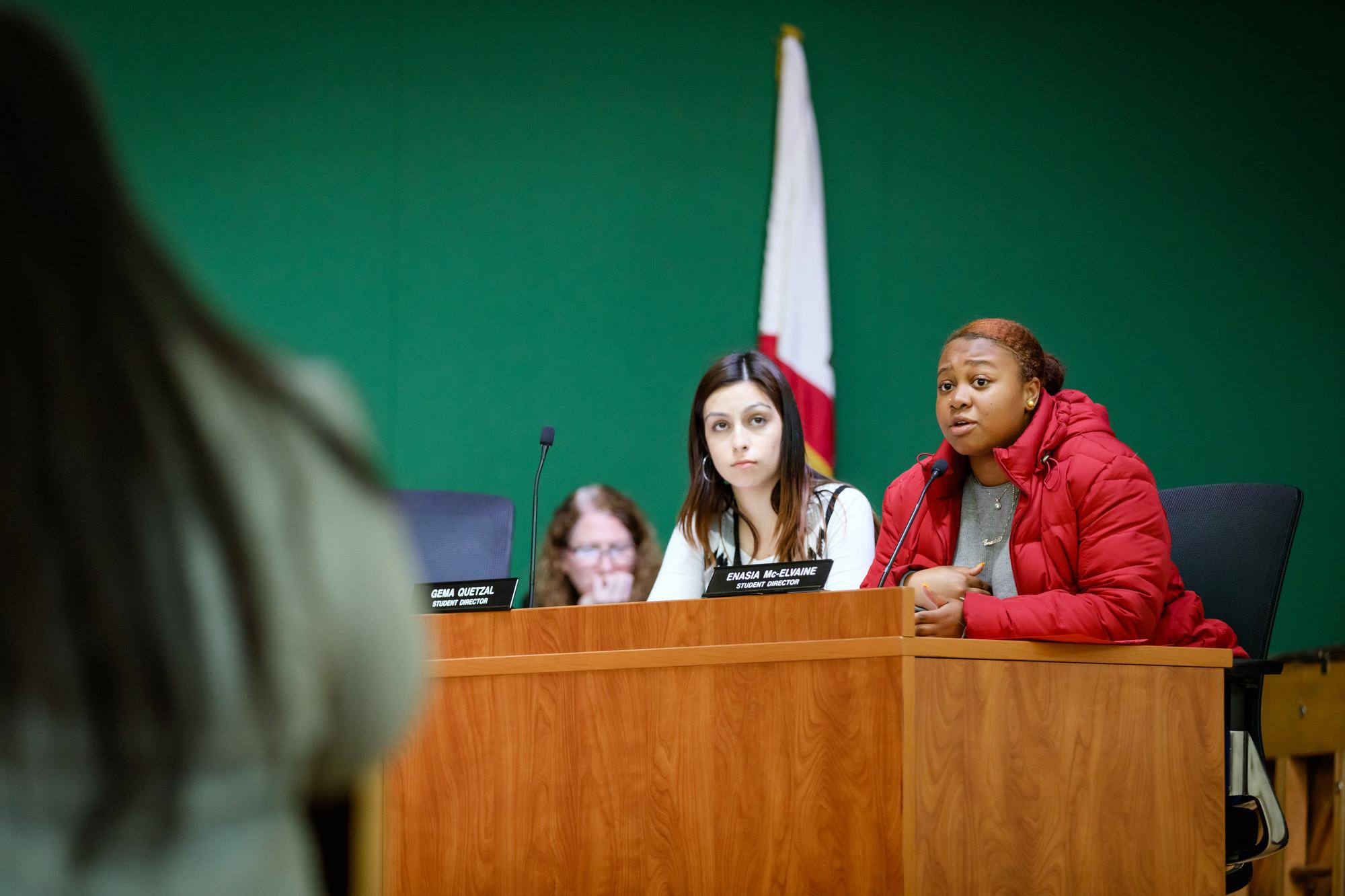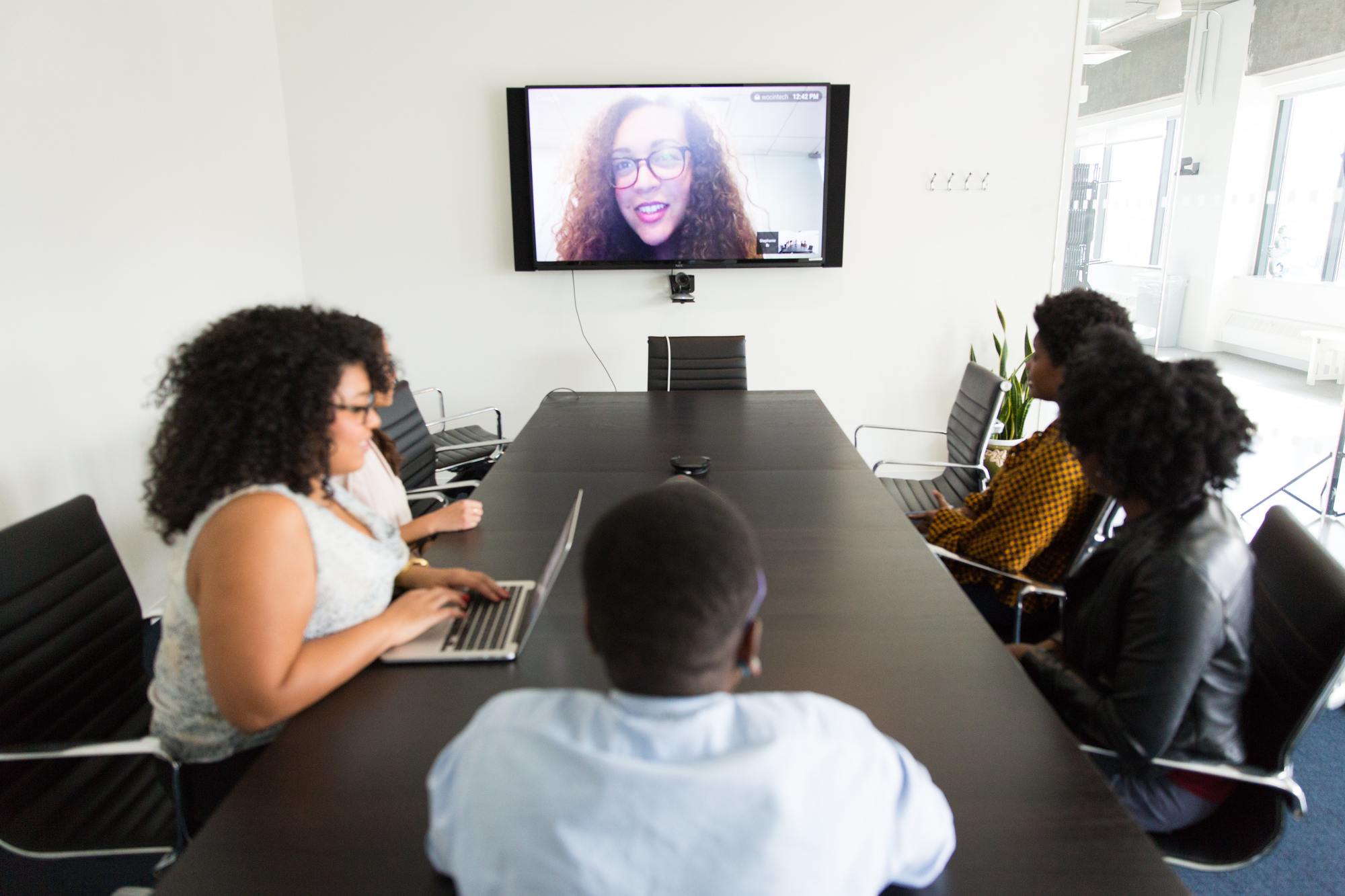Education Policy 101: What Is Education Policy?
Everyone is an education policymaker; some might just not know it. Dive into the basics with this summary and learn everything from how it works to how you can get involved.

While we may hear the word policy thrown around by political pundits on television or see a quippy tweet about a new “policy,” we don’t really know that much about what policies are. Yes, policies are pervasive. There are office policies about sick leave, gym policies requiring close-toed shoes, and family policies that forbid certain members from using any appliance that could set the kitchen on fire. But when we talk about policy in terms of our government and social change, it can feel inaccessible and exclusive.
This feeling of exclusion is particularly true for the 15 million high school students currently in the U.S. education system. These young adults have the most accurate on-the-ground perspective of our nation’s high schools, and yet student voice is shut out of many important decisions about how high schools operate. The same can be said for the voices of parents, family members, and educators nationwide—especially marginalized voices.

We all know that it’s time for those most directly impacted by our education system to have a say in how it operates. But we can’t wait for an invitation—we need to step up and take a seat at the table. Getting involved in the policy process begins with understanding how education policy works—who the main players are at the federal, state, and local levels—and learning how you can get involved directly.
What do we mean when we talk about policy?
At the most basic level, policies are just sets of ideas or plans that a group of people have officially agreed to follow in a certain circumstance or situation. For every topic or issue area you can think of, there are policies, some of these policies belong to one specific political party or geographic community, while others govern how our entire country operates. When it comes to education policy, there are three important levels: federal, state, and local.
The Basics of Federal Education Policy
Education policy in the United States is set by the U.S. President and their Administration, the U.S. Department of Education, and Congress. There are many levers and legal infrastructure through which to implement new policies. For instance, a policy can be set through new laws. These laws have to make their way through Congress. While the President is often involved in negotiations over legislation, the main actors here are Senators and Representatives. Each piece of legislation must be introduced and examined by a Committee, then the policy is passed through a vote in both the Senate and the House of Representative. Once it is passed by both chambers of Congress, it goes to the President for signature and only then is it officially a law. Federal agencies, like the Department of Education, can also pass rules and regulations that provide greater detail to programs and laws. These rules and regulations go through a formal process called rulemaking, which provides an opportunity for other agencies, organizations, and members of the public to comment.

An Example of Federal Education Policy
The Every Student Succeeds Act (ESSA) is a good example of federal education policy. ESSA, passed in 2015, was a reauthorization of the Elementary and Secondary Education Act (ESEA), which was first passed into law in 1965, and has set the basic terms of the federal government’s involvement in education ever since. ESEA did not require states to follow federal education rules; instead, it offered federal funding to states if they agreed to meet certain requirements. ESEA included a number of significant programs, including Title I, which provides funds to schools with a large percentage of low-income students.
Congress reauthorized ESEA in 2001 as the No Child Left Behind Act (NCLB), which added a requirement that states demonstrate “adequate yearly progress” through testing and evaluation of student performance. NCLB expired in 2007, and it took Congress until 2015 to pass ESSA. ESSA upholds NCLB’s requirements for evaluation of student performance, but allows individual states to put in place evaluation and accountability systems for schools.

How can you make an impact on federal policy?
While Federal education stories might get a lot of press, the reality is that most of the education policy decisions that impact what goes on inside your classroom are made at the state and local level. In fact, for K-12 schools, only about eight percent of funding comes from the federal government, and major decisions such as curriculum and requirements for graduation are set at the state and local levels. That’s all to say, it’s important to get involved in education at the local and state level.
Because the federal government oversees a large population, education policy decisions at the federal level can seem more distant than those at the state and local levels, but that doesn’t mean you aren’t a critical voice on these issues! You can be heard by the federal government by voting in all elections (including the midterms!), calling your representatives who vote for you in Congress, submitting comments or feedback on agency rules (found on government websites), and mobilizing an army of changemakers when needed.
The Basics of State Education Policy
State education policies are those set by the Governor, state legislature, and state Department of Education. For significant education policies, all of these actors are usually in play. For example, the Governor might create a proposal concerning some aspect of the education system, which might be announced in their State of the State address. While the Governor might create this proposal with their staff and other policymakers, it is up to your state legislature to vote on the proposal and actually decide if it becomes law in your state. After the law is passed, the Department of Education often oversees how that policy is actioned in the state, meaning they oversee how it actually works in schools and classrooms across the state.

One of the most significant education policies at the state level is education funding—how the state distributes money to schools. States have different funding formulas that weigh different factors to determine how much money each district and school should receive throughout the state. For example, some states have formulas that provide more money to schools that serve low-income students, students with disabilities, or English language learners. Formulas often offer different funding amounts for different grade levels to reflect the different needs and costs of educating students over time. If these formulas change, it can have a significant impact on how much money is allocated to schools, and that can impact the ability to hire and retain teachers, maintain school facilities, and purchase needed supplies, technologies, and curriculum. In many states, state-level policymakers also make decisions (often in coordination with local policymakers) around when and how schools can reopen for in-person learning.
Education policy at the state level deals with more specific policies and plans that impact the day-to-day experience of students across your state. While state policy is definitely more localized than federal education policy, your state likely has many diverse communities, oversees all of them, and has to make policies that serve everyone.

To get involved at this critical level, you can vote in state elections (which often see less voter participation than federal elections), testify or provide comments at state legislative hearings, mobilize your community around important issues, engage with your state legislators through meetings and messages, or run for office yourself.
The Basics of Local Education Policy
The most local level of policymaking happens in school districts and local boards of education. There are more than 14,000 school districts in the United States, governed by more than 95,000 school board members. These school boards help direct more than $600 billion in education funding annually and oversee the education of more than 50 million students. School boards “hire the superintendent, develop and oversee budgets, set the school calendar, and analyze progress on a wide array of measures, all of which play a big role in how effectively and efficiently local schools serve students. They work closely with district leadership to make sure schools are running smoothly and that teachers and students get the resources they need. They deal with controversy, seek solutions to problems, and help the community come together around what matters most: making sure local kids get a world-class education.” Most recently, school boards and districts face decisions around reopening schools for in-person learning and how to purchase and provide personal protection equipment (PPE) for educators and school staff.

Local-level policy decisions are those that most directly impact your community. The local level is also the place where our voice can carry the greatest weight and where, unfortunately, we often see the least political participation. To get involved at this critical level, you can vote in local elections (which often see very low voter participation); attend candidate panels and town halls to learn about different policy roles and candidates in your community; testify or provide comment at city council sessions, schools boards, or other local commissions; mobilize your community around important issues; engage with your local lawmakers (who are often community members, parents, neighbors); or run for office yourself.
Now, where do you fit in the policymaking system?
When people first start to engage with our policymaking systems, it can feel like you are in the audience. The language might be too inaccessible and the processes may seem arcane. However, the reality is, in our democracy, everyday citizens are in the driver’s seat. Politicians and policymakers at every level—federal, state, and local—are elected by voters or appointed by the people we elect.
In short, if we want change in the education system, we can make it happen. The voters are literally the boss when it comes to policy, and there is a significant performance review every few years.

It’s important to remember that there are ways to get involved in the education process beyond being an active voter and civic participant. Remember, every member of our policy system was once outside of it—sitting where you are now. If we want a wider range of voices represented in our policymaking bodies, we need more people to run for office—people like you!
Particularly at the local level, school boards and local commissions and committees need more volunteers to run for office. But it is understandable that this prospect can be daunting. The good news is that there are resources available to help you learn more about education policy, discover how to be an active participant, and maybe even explore running for office.
Remember, everyone is a policymaker.
Even if you are already an active voter (or if you have no interest in running for office!), there are still so many additional ways you can make your voice heard in your local, state, and federal policymaking spaces. For example, you can research and get involved with local organizations that cover issues in education policy you are passionate about, attend a state legislative hearing or local school board meeting in person or remotely, or go to an event or panel with candidates for an upcoming local election to learn about the role and the candidates positions (and ask a question if there is an open time for questions!). But these suggestions are only a start. Check out the XQ resources for more recommendations and actions you can take to create change, because at the end of the day, policy is about you and your community.
To learn more about school boards and ways you can get involved, as well as specific information about who serves on your school board, when their next meeting is scheduled, and how to run for your local school board, check out That’s A School Board Thing.
For state policy ideas for transforming high school and ensuring all of our students are college and career ready by the time they graduate, check out High School and the Future of Work.
If you have a school or group of parents, students, or educators that are interested in engaging with your local elected officials, check out XQ’s tips.
To learn more about rethinking high school and to bring high school transformation to your community, check out our blog on Five Resources to Rethink High School.









